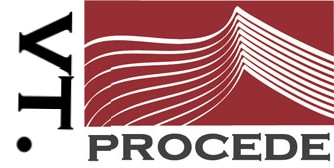Building a Collaborative Class Website : Enhancing Learning Through Technology

In each episode of the Voc Talk Cafe, we’ve decided to incorporate a segment where I share insights into technological approaches or pedagogical angles relevant to our daily themes. This aligns seamlessly with the RÉCIT mandate of supporting the integration of technology in teaching and learning. Last October, I delved into the idea of creating a class website, a virtual space where students can showcase their work, collaborate, and engage in meaningful discussions.
The primary objective of this type of initiative is to foster student engagement, self-reflection, communication skills, and digital literacy within a collaborative learning environment. The vision is to have students actively contribute by sharing pictures of their work, collaborating on projects, providing feedback on peers’ work, and sharing relevant information they find on social media or the internet. Such a platform also encourages personal reflections, questions, and discussions about career ambitions.
There are numerous options available for creating a class website, but the choice depends on your preferences and objectives. Platforms like MS Sway, Google Sites, Wix, or WordPress offer the option to make content public. This not only adds an exciting dimension to students’ work but also brings it closer to the real world. However, it’s important to note that making content public comes with ethical considerations.
While the idea of using the web is compelling, we must tread carefully regarding privacy and other ethical considerations. For example, it’s crucial to respect students’ autonomy and privacy and not force them to open social media accounts for class activities. Additionally, we need to be aware that the content generated could be used for profit by the companies hosting these platforms. While this isn’t forbidden, it demands careful consideration and transparency in our educational practices.
In conclusion, the concept of a class website holds immense potential for enriching the learning experience. By embracing technology in this collaborative way, we empower students to teach and learn from each other. As we navigate the digital landscape, let’s remain mindful of the ethical implications and strive to create an inclusive and responsible learning environment.
The recordings of the Technology in Teaching Inspiration capsules are on the Voc Talk Café by les Après-cours site.

Responses